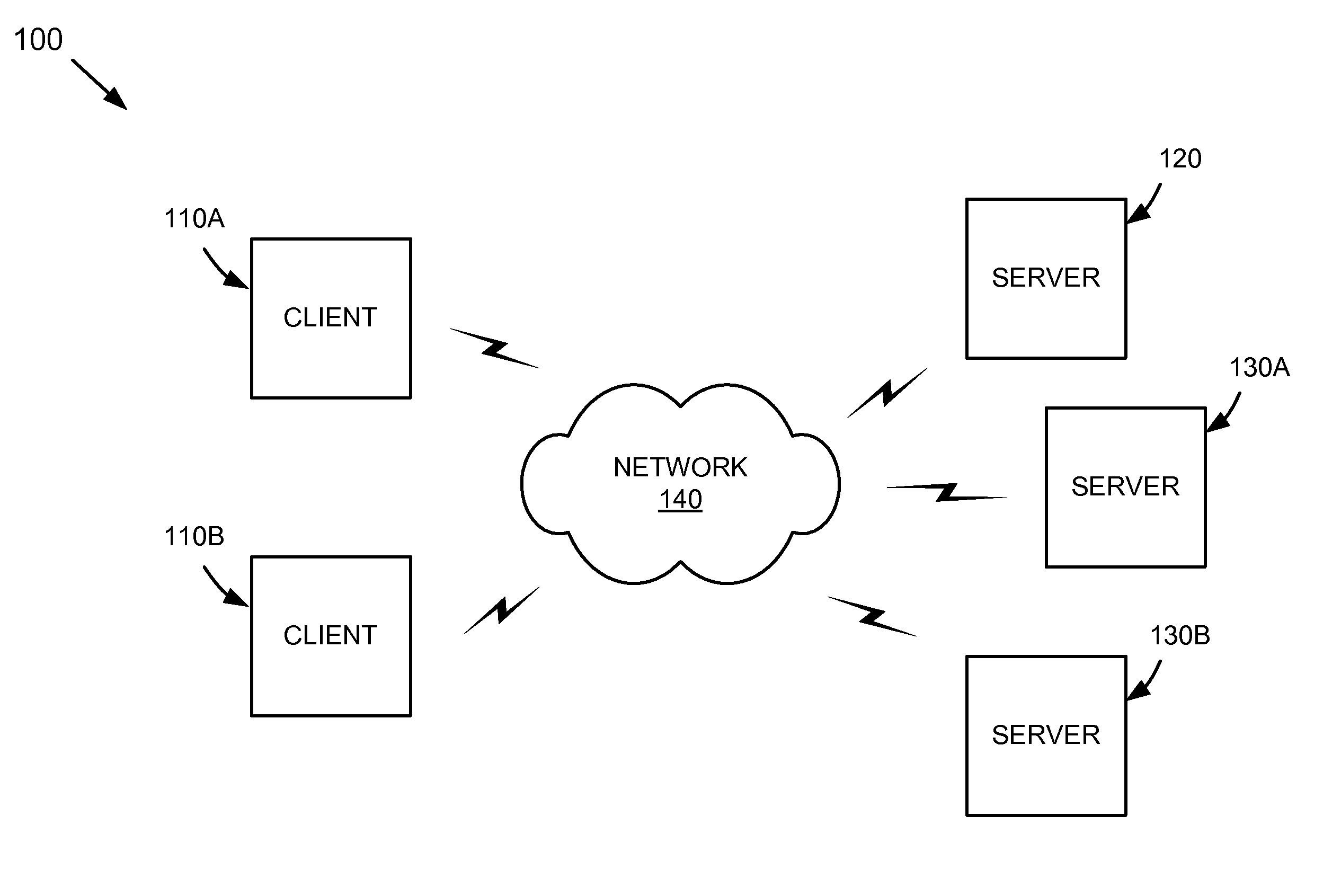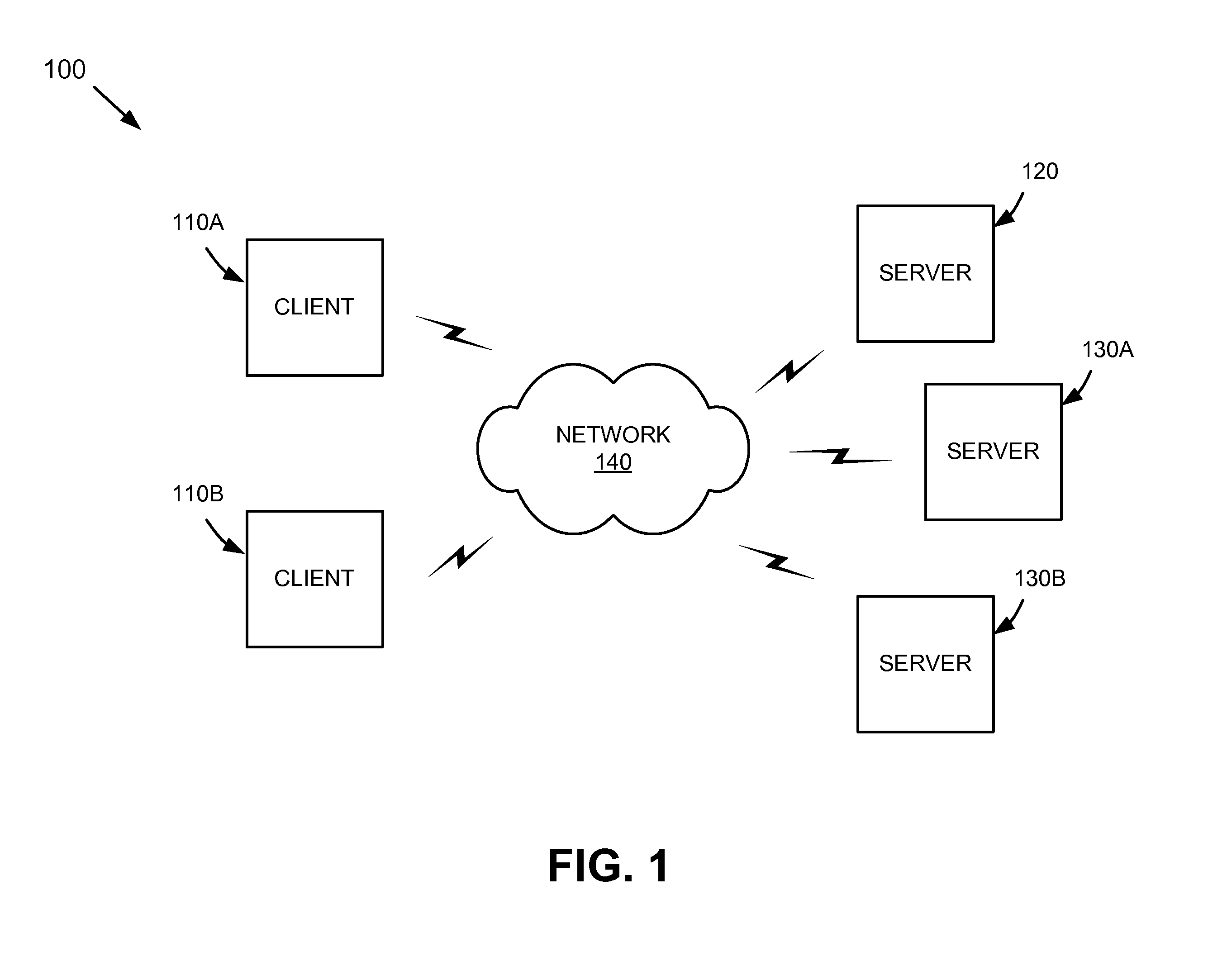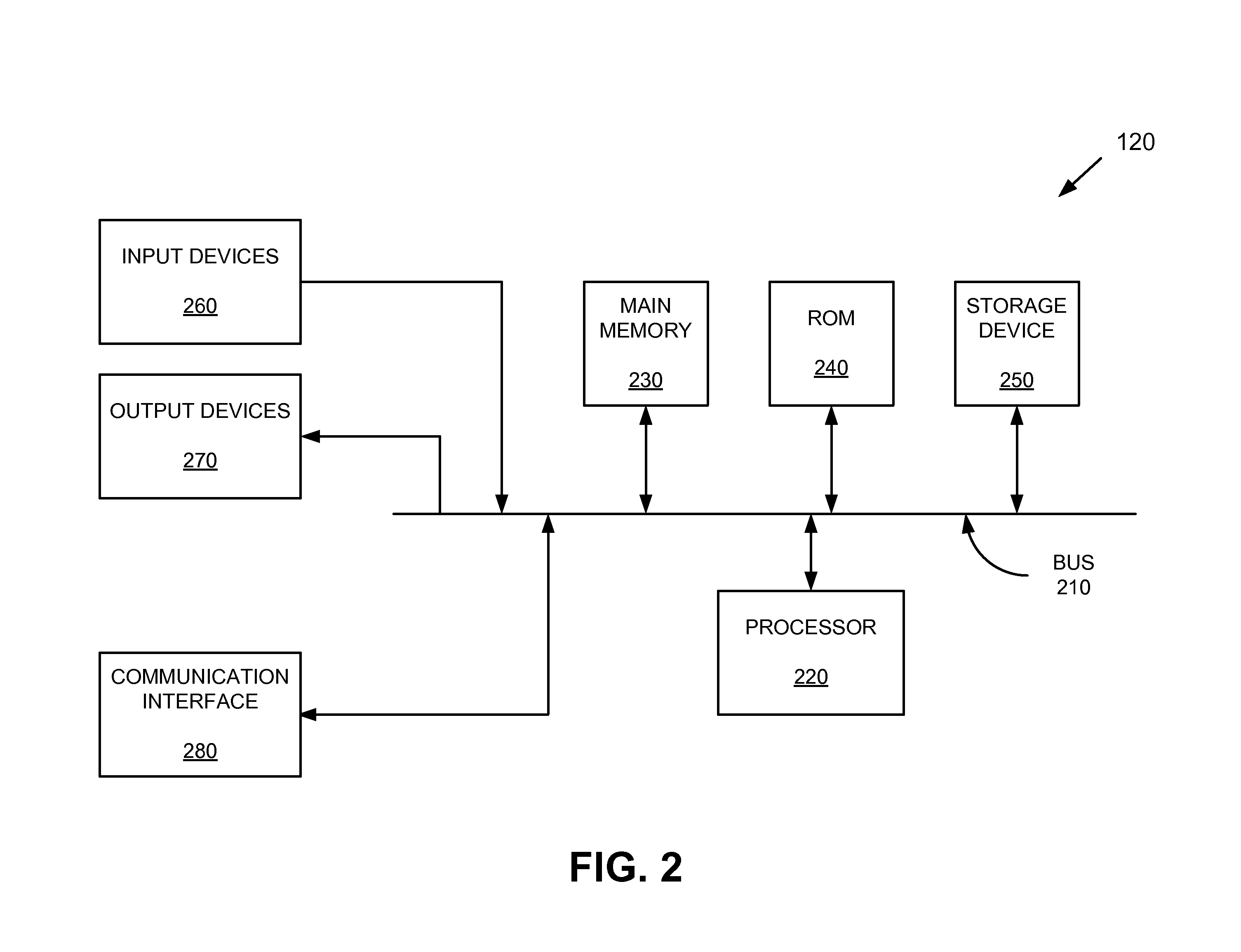Systems and methods for using anchor text as parallel corpora for cross-language information retrieval
a technology of information retrieval and anchor text, applied in the field of information retrieval systems, can solve the problems of difficult translation of technical query terms, noisy translation, difficult translation of translation, etc., and achieve the effect of less noisy query translation and good quality
- Summary
- Abstract
- Description
- Claims
- Application Information
AI Technical Summary
Benefits of technology
Problems solved by technology
Method used
Image
Examples
example
[0050]Assume that a user provides a search query to the server 120 in Spanish, but desires documents to be returned in English. Further, assume that the user desires documents relating to “banks interest.” In this case, the query provided by the user may include the terms “bancos” and “interés.” To facilitate English-language document retrieval, the server 120 may translate the Spanish query to English.
[0051]The query translation engine 340 may perform an initial translation of the terms of the query using, for example, the dictionary 330. In this case, the query translation engine 340 finds that each of the terms of the query has more than one possible translation. For example, the Spanish word “bancos” could be translated as “banks” or “benches” (among other possibilities) in English. The Spanish word “interés” could be translated as “interest” or “concern” (among other possibilities) in English. The query translation engine 340 disambiguates among the possible translations using ...
PUM
 Login to View More
Login to View More Abstract
Description
Claims
Application Information
 Login to View More
Login to View More - R&D
- Intellectual Property
- Life Sciences
- Materials
- Tech Scout
- Unparalleled Data Quality
- Higher Quality Content
- 60% Fewer Hallucinations
Browse by: Latest US Patents, China's latest patents, Technical Efficacy Thesaurus, Application Domain, Technology Topic, Popular Technical Reports.
© 2025 PatSnap. All rights reserved.Legal|Privacy policy|Modern Slavery Act Transparency Statement|Sitemap|About US| Contact US: help@patsnap.com



